A separation minimum shall be applied between a light or MEDIUM aircraft and a HEAVY aircraft and between a LIGHT aircraft and a MEDIUM aircraft when the heavier aircraft is making a low or missed ? Test > topography
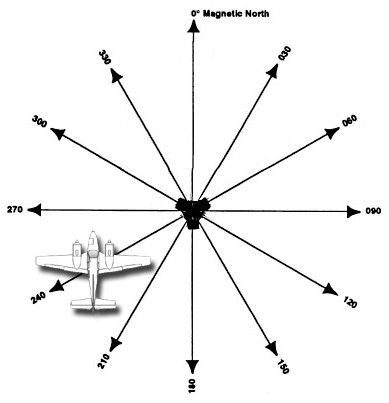
A so called 'Visual Approach' can be performed ?
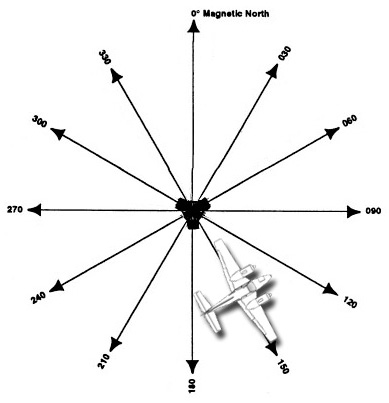
A Special Air Report comprises a number of sections In section I the pilot fills in ?
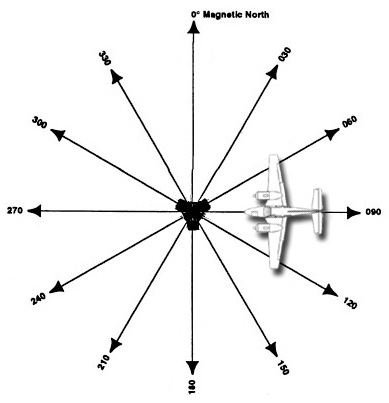
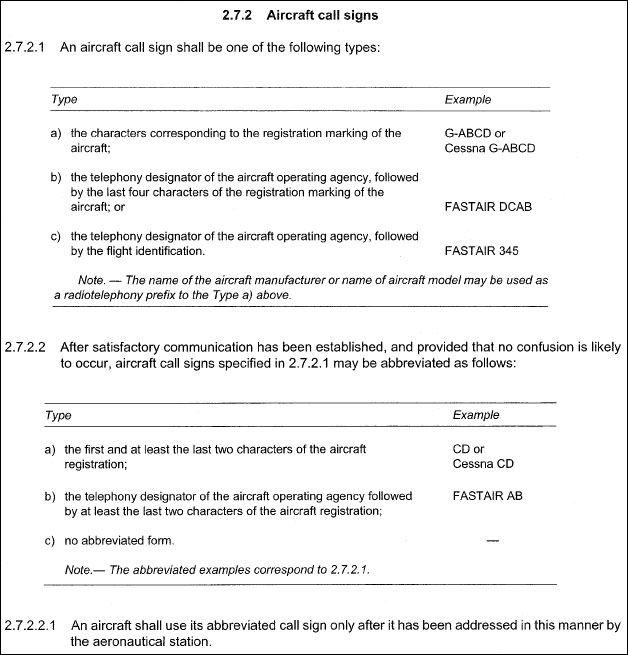
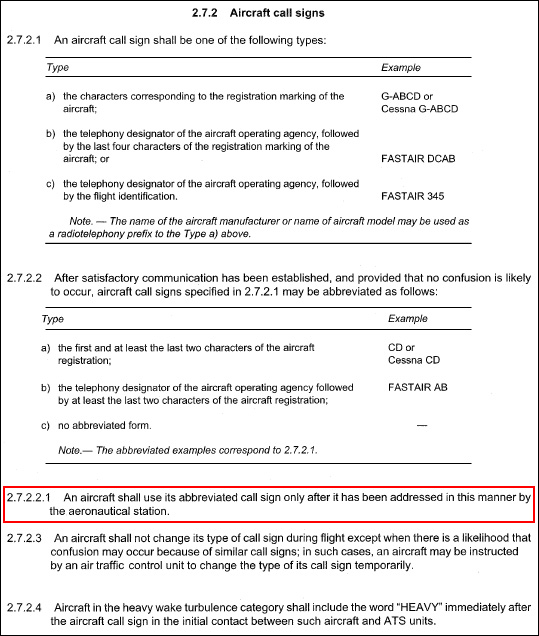
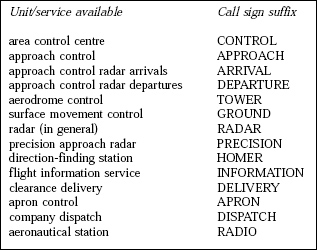
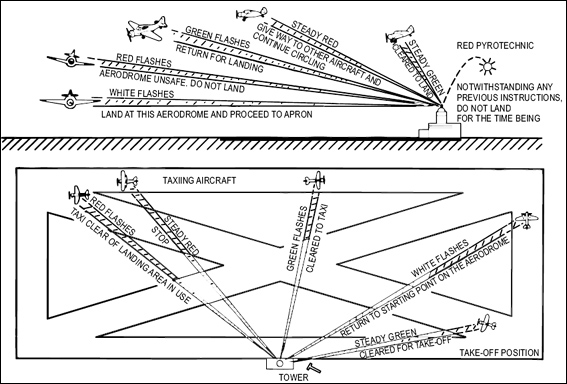
Exclusive rights: Content under private and protected license, reproduction prohibited and prosecuted.
259 Free Training Exam
